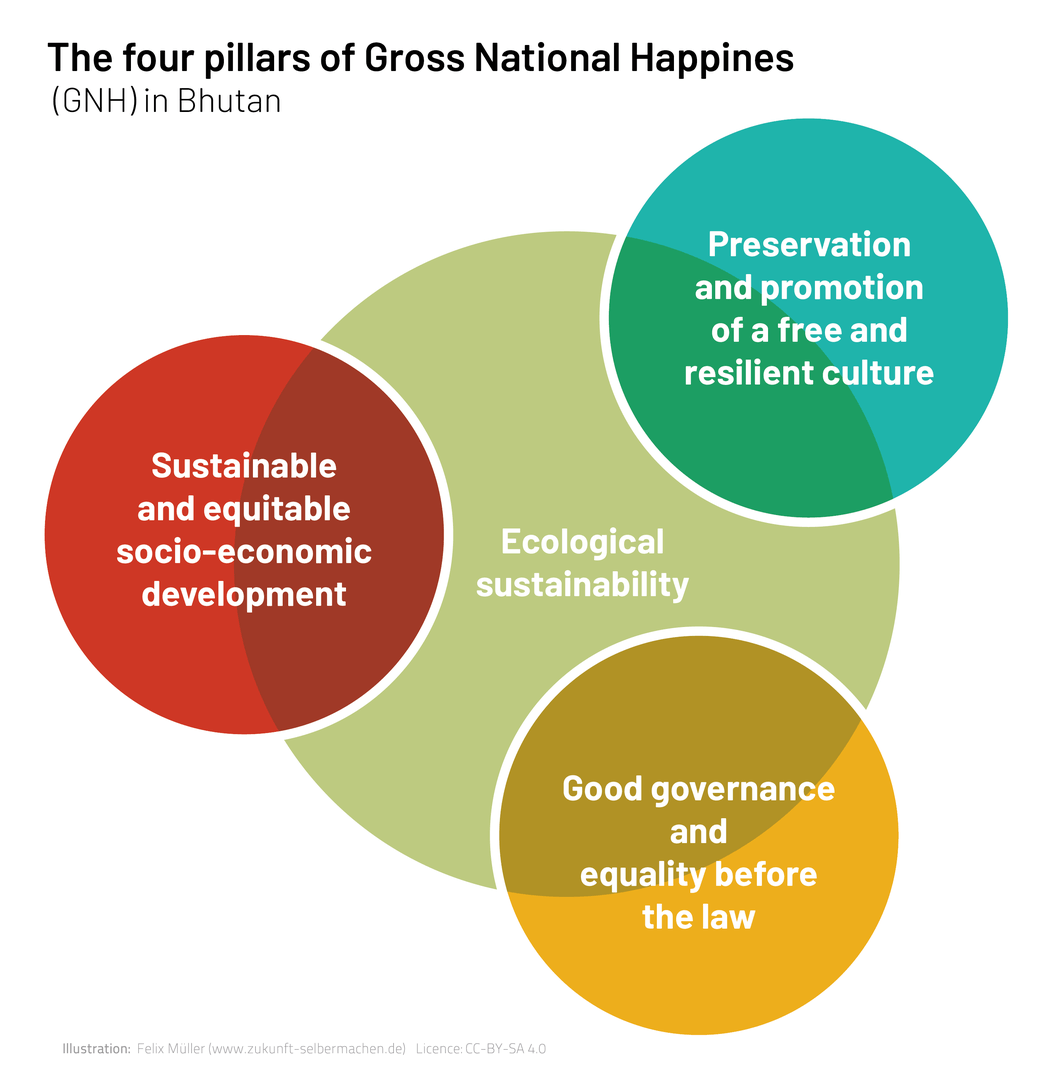By Janet Schofield, PhD
Bhutan is well-known for originating and embracing Gross National Happiness (GNH), a development approach stressing the importance of considering non-economic as well as economic factors in setting goals for development. One important strategy for promoting GNH is the government’s provision of free education, which until quite recently was focused on elementary education through grade 10, although smaller numbers of high-achieving students were provided with government-funded higher secondary schooling and college as well. The way Bhutan’s approach to early childhood care and education has evolved over time is a fascinating case study for all those gathering this week in Tashkent for the World Conference on Early Childhood Care and Education.
The role of Bhutan’s non-state sector in secular education has traditionally been relatively minor, consistent with the private sector’s generally modest role in the country’s economy, as shown in this background paper to the 2022 South Asia regional report on non-state actors in education, released two weeks ago. However, a small number of private schools provided higher secondary education for those not admitted to government schools who could afford the cost. Also, international NGOs provided financial and technical support to the ministries in charge of technical and vocational training as well as school and higher education.
In this tiny and impoverished nation, early childhood education and development (ECCD) received relatively little government attention until the last two decades. Indeed, both the state and the general public saw the traditional extended family as responsible for the care and development of very young children.
The first childcare centres in Bhutan were opened by non-state actors, specifically the local Loden Foundation and a few urban private primary schools. ECCD did not gain real attention from the government until the first decade of this century. In 2008, a government-sponsored commission hailed the importance of ECCD and called for universal day care, at a time when the only ECCD centres in the country were private and a total of only about 300 students were enrolled. Nonetheless, the 2011 draft National ECCD Policy envisioned no government involvement in ECCD, stating that ECCD centres would be established mainly by private operators, workplaces, NGOs and community-based initiatives.
But the situation changed dramatically in just a little over a decade. By 2019, a draft Education Policy stated that the government would provide ECCD centres for 3- to 5-year-old children. By 2020, almost one quarter of these children were enrolled in ECCD, with roughly 8,000 in government centres and 1,100 in private ones.

Not only did the number and proportion of young children enrolled in ECCD centres grow rapidly in the last decade. The understanding of what ECCD should include also evolved very markedly. Typically, the early private ECCD centres provided just day care. However, the current government ECCD programme includes three tiers. The first provides nutrition and health services from conception through 23 months, along with maternal parenting education. The second is centre-based day care with parental outreach, from 24 months to pre-school or school enrolment. The third provides professional development for pre-primary and early primary school teachers to ease youngsters’ transition into formal schooling.
These rather dramatic changes in both enrolment and ECCD programming were significantly influenced by a partnership including governments, multilateral and bilateral organizations, UN agencies, international civil society organizations, the business community, foundations and others. UNICEF, UNESCO, the Global Partnership for Education and Save the Children played a big role. They worked with Bhutan’s ministries of education and health, the GNH Commission, the National Statistical Bureau and the National Commission of Women and Children. They also collaborated on ECCD issues with civil society organizations such as Bhutan’s Youth Development Fund and the LEGO Foundation.
These and other non-state actors undertook numerous influential activities: advocacy for ECCD, development of quality monitoring tools, technical assistance with materials development, and in-country evaluations of ECCD programmes, which showed positive results. Importantly, given Bhutan’s economic level, some of these non-state actors provided significant funding for the establishment of ECCD centres.
Major non-state major investment in state-affiliated ECCD centres clearly had implications for some pre-existing private ECCD centres, as well as for the expansion of overall ECCD enrolment. In an interview for this background paper, a private ECCD provider serving children from low-income families indicated a concern that the proliferation of government centres might undermine her centre’s financial feasibility, just as private higher secondary school providers expressed concerns about their ability to survive in 2019 when the state began to provide government-funded schooling for all who passed grade 10. However, other interviewees believed that private educational organizations should be able to survive by providing better quality services than the government institutions, especially given Bhutan’s growing prosperity and urbanization.
All in all, the story of ECCD in Bhutan, especially in recent years, is a tale of increasing acceptance of the need for these services. This has been facilitated by cooperation between a plethora of non-state actors and the national government. The long-term impact of this trend on another section of the non-state sector, the private ECCD providers, remains unclear. However, given the considerable evidence that ECCD is a boon for the children who participate, this story is likely to have a happy ending for the children and their country.






